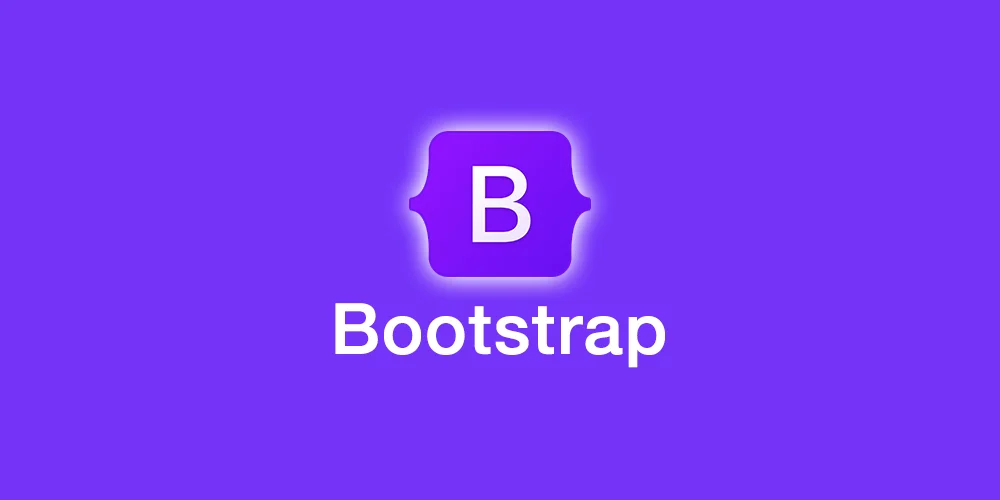
Let’s start by turning back the clock to explore the roots of Bootstrap. Twitter engineers Mark Otto and Jacob Thornton developed Bootstrap in mid-2010. Originally, people knew it as “Twitter Blueprint.” The duo aimed to create a consistent toolset for web development. This would harmonize the different Twitter tools into a unified codebase.
In August 2011, the first open-source version came out. That’s when the name changed to Bootstrap. The new name hints at the framework’s purpose: to help developers get up and running with a solid foundation. Clever, right?
After that history refresher, let’s dive into what Bootstrap actually is. Essentially, it is an open-source front-end framework. It packs a ton of HTML, CSS, and JavaScript components. These elements aim to simplify and speed up web development. Whether you’re a seasoned developer or a newcomer, Bootstrap has something to offer.
Bootstrap offers a slew of pre-designed components. Think buttons, forms, or navigation bars. This means you don’t have to create these elements from scratch, saving you time and effort.
Basic styling for nearly all HTML elements comes in the box. However, you also have the flexibility to customize these styles. This is possible thanks to variables, utility classes, and preprocessor support.
A 12-column grid system is another feature that they boasts. It allows you to structure your website’s layout effortlessly. Plus, the grid system is responsive, so it adapts to different screen sizes automatically.
Although they ditched jQuery in Version 5, it still provides a variety of lightweight JavaScript plugins. These add interactivity to your site. And the best part? You can use these plugins without writing any JavaScript code.
Why do developers gravitate toward Bootstrap? First, it simplifies web development, which is a huge draw. Secondly, it’s beginner-friendly. Extensive documentation and a robust community mean help is usually just a Google search away. Lastly, its open-source nature invites anyone interested to contribute to its development or look under the hood.
In summary, Bootstrap offers a robust and flexible toolkit for web development. It has evolved significantly since its inception, adapting to the needs of developers and the demands of the industry. So, if you’re working on any web project, big or small, Bootstrap serves as a reliable Swiss Army knife. Happy coding!